These Ingredients Changed My Beef Stew Forever
Most beef stew recipes promise comfort but deliver something closer to compromise—tough meat, flat broth, and flavors that barely hold hands, let alone dance. You’ve followed all the steps, simmered patiently, maybe even splashed in a little wine. Still… something’s missing.
That’s where this version comes in.
This isn’t your grandmother’s stew (though she’d probably steal the idea if she tasted it). We’re talking about a small shift—a single ingredient and a simple change in approach—that transforms the whole dish. Suddenly, your stew isn’t just warm and filling. It’s rich, deep, and unforgettable. The kind of meal that makes people pause mid-bite and ask, “What did you do differently?”
No gimmicks. No complicated chef tricks. Just a smarter way to build flavor and texture that most recipes skip over entirely. Once you see how easy it is, you’ll wonder why no one’s talking about it.
Curious? You should be. Because if you’ve ever felt like your stew was close—but not quite there—this is the post that gets it all the way. Let’s change the way you think about beef stew, one smart move at a time.
Beef stew is a culinary staple with a rich history that spans cultures and centuries. It evolved into the beloved dish we know today. Its origins can be traced back to ancient times, when early humans discovered the benefits of slow-cooking meat and vegetables over a fire, enhancing flavors and tenderizing tougher cuts of meat.
The concept of stew is universal, and many cultures have developed their own versions. In medieval Europe, stews were common among peasants, who simmered meats with available vegetables and grains.
The French boeuf bourguignon, a sophisticated stew with beef braised in red wine, exemplifies how stew evolved into a gourmet dish. Meanwhile, Irish stew, traditionally made with lamb or mutton, potatoes, onions, and sometimes carrots, became a national dish symbolizing simplicity and heartiness.
In the Americas, beef stew gained popularity among early settlers and pioneers who relied on it as a nourishing and practical meal. The dish’s adaptability allowed it to incorporate regional ingredients, leading to various local versions. For instance, a thickened beef stew known as “Yankee pot roast” became New England’s traditional Sunday dinner staple.
Throughout its history, beef stew has remained a symbol of comfort and sustenance, cherished for its ability to bring people together and its flexibility to accommodate diverse ingredients and cooking methods. This enduring popularity underscores the stew’s role as a cultural and culinary mainstay in kitchens worldwide.
When making beef stew, choosing the proper cut of beef is crucial for achieving tender, flavorful results. Here are some of the best cuts to consider:
- Chuck roast or chuck steak is a popular choice for beef stew. It’s well-marbled with fat and connective tissue, which breaks down during slow cooking, resulting in tender, juicy meat and a rich broth.
- Bottom round or top round are leaner cuts of beef that can still be used for stew, though they may require longer cooking times to become tender. They offer a leaner option while still providing good flavor.
- Brisket is another flavorful cut that benefits from slow cooking. It has a good amount of fat, which adds richness to the stew, but it can be a bit tougher, so it’s essential to cook it low and slow until it becomes tender.
- Beef short ribs are a decadent option for beef stew. When braised, they offer incredibly rich flavor and a meltingly tender texture. They’re typically cut into smaller pieces for stew, adding a luxurious touch to the dish.
- Beef shank is a less common but wonderfully flavorful cut that works well in stew. It’s a bit tougher and contains much connective tissue, but it becomes incredibly tender when simmered and adds depth to the stew’s broth.
Ultimately, the best cut of beef for your stew depends on personal preference and availability. Experimenting with different cuts can also add variety to your stew-making repertoire.
The Secret Ingredient
The “secret ingredient” many chefs use for a more flavorful beef stew is umami-rich elements that enhance the savory depth. Some of the most effective include:
- Fish sauce or anchovy paste – Just a small splash adds incredible depth without tasting fishy
- Soy sauce or Worcestershire sauce – Brings savory complexity
- Tomato paste – Adds richness when caramelized with the vegetables
- Mushroom powder or dried mushrooms – Creates an earthy backbone
- Red wine – Deglazing with wine adds acidity and complexity
- Marmite or Vegemite – These yeast extracts boost savory notes
- Star anise – Just one point of a star adds subtle depth without tasting like licorice
- Bone marrow – Enriches the sauce with collagen and fat
The Secret Techniques
There are several “secret” techniques professional chefs use to elevate beef stew beyond the ordinary:
- Proper browning – Sear the meat in small batches until deeply browned (almost mahogany) without crowding the pan. This creates the Maillard reaction, which develops complex flavors.
- Double-deglazing: Deglaze first with a small amount of red wine or brandy to capture fond (those browned bits) and then again with stock after sautéing aromatics.
- Low and slow cooking – Maintaining a bare simmer (never boiling) for several hours breaks down collagen while keeping meat tender.
- Two-stage vegetable addition – Root vegetables like carrots are added in two batches: some early to flavor the broth (and later discarded), fresh ones added in the final hour for texture.
- Overnight rest – Making stew a day ahead and refrigerating allows flavors to meld and deepen significantly.
- Bouquet garni removal – Using a tied herb bundle makes it easy to remove woody herbs before serving.
- Final acid balance – A tiny splash of vinegar or squeeze of lemon just before serving brightens all the flavors.
The most crucial technique is taking time with each step, especially the initial browning. That patience at the beginning creates the foundation for exceptional flavor.
Perfected Beef Stew
Equipment
- Large Dutch Oven
Ingredients
For the Stew Base
- 3 pounds beef chuck cut into 1 ½ inch cubes
- 2 tablespoons vegetable oil
- 1 tablespoon butter
- 2 medium onions diced
- 3 stalks celery diced
- 2 carrots diced (first batch for flavor)
- 4 cloves garlic minced
- 2 tablespoons tomato paste
- 1 teaspoon anchovy paste (or 1 tablespoon Worcestershire sauce)
- 1 cup red wine (preferably dry, like Cabernet Sauvignon)
- 4 cups beef stock
- 1 tablespoon soy sauce
- 1 teaspoon dried mushroom powder optional
- 1 small star anise point (just one arm of the star)
Bouquet Garni - Tied in cheesecloth or bundled with kitchen twine
- 3 sprigs thyme
- 2 bay leaves
- 6 black peppercorns
- 1 sprig rosemary
For Later Addition
- 3 large carrots cut into 1-inch chunks
- 2 parsnips cut into 1-inch chunks
- 8 ounces cremini mushrooms quartered
- 1 pound baby potatoes halved
- 1 teaspoon red wine vinegar (for finishing)
- fresh parsley chopped, for garnish
- salt & freshly ground black pepper
Instructions
Day 1. Building the Base
- Prepare the meat: Pat beef chunks completely dry with paper towels. Season generously with salt and pepper.
- Brown in batches: Heat oil in a large Dutch oven over medium-high heat until shimmering. Working in small batches (about 1/3 of the meat at a time), sear the beef until deeply browned on all sides, about 3-4 minutes per batch. Transfer to a plate.
- First deglaze: Pour about 1/4 cup of the red wine into the hot pot, scraping up the fond (browned bits) with a wooden spoon. Pour this liquid over the reserved meat.
- Sauté aromatics: Reduce heat to medium. Add butter to the pot, then add onions, celery, and first batch of diced carrots with a pinch of salt. Cook until softened, about 5-7 minutes.
- Build umami base: Add garlic and cook for 30 seconds until fragrant. Add tomato paste and anchovy paste, stirring constantly for 2-3 minutes until paste darkens and caramelizes slightly.
- Second deglaze: Add remaining red wine, scraping up any new fond. Simmer until reduced by half, about 5 minutes.
- Combine and simmer: Return meat with its juices to the pot. Add beef stock, soy sauce, mushroom powder, and star anise point. Add the bouquet garni. Bring to a bare simmer, then reduce heat to low.
- Low and slow cook: Cover and maintain at lowest possible simmer for 2 hours, checking occasionally. The meat should be starting to become tender.
- Rest overnight: Let cool completely, then refrigerate overnight in the pot.
Day 2: Finishing the Stew
- Remove fat: Skim any solidified fat from the surface of the stew.
- Begin reheating: Bring stew back to a gentle simmer over medium-low heat.
- Add fresh vegetables: Add carrots, parsnips, mushrooms, and potatoes. Simmer gently until vegetables are tender but not mushy, about 30-40 minutes.
- Final touches: Remove and discard bouquet garni and star anise. Stir in red wine vinegar. Taste and adjust seasoning with salt and pepper.
- Serve: Ladle into bowls and garnish with fresh parsley.

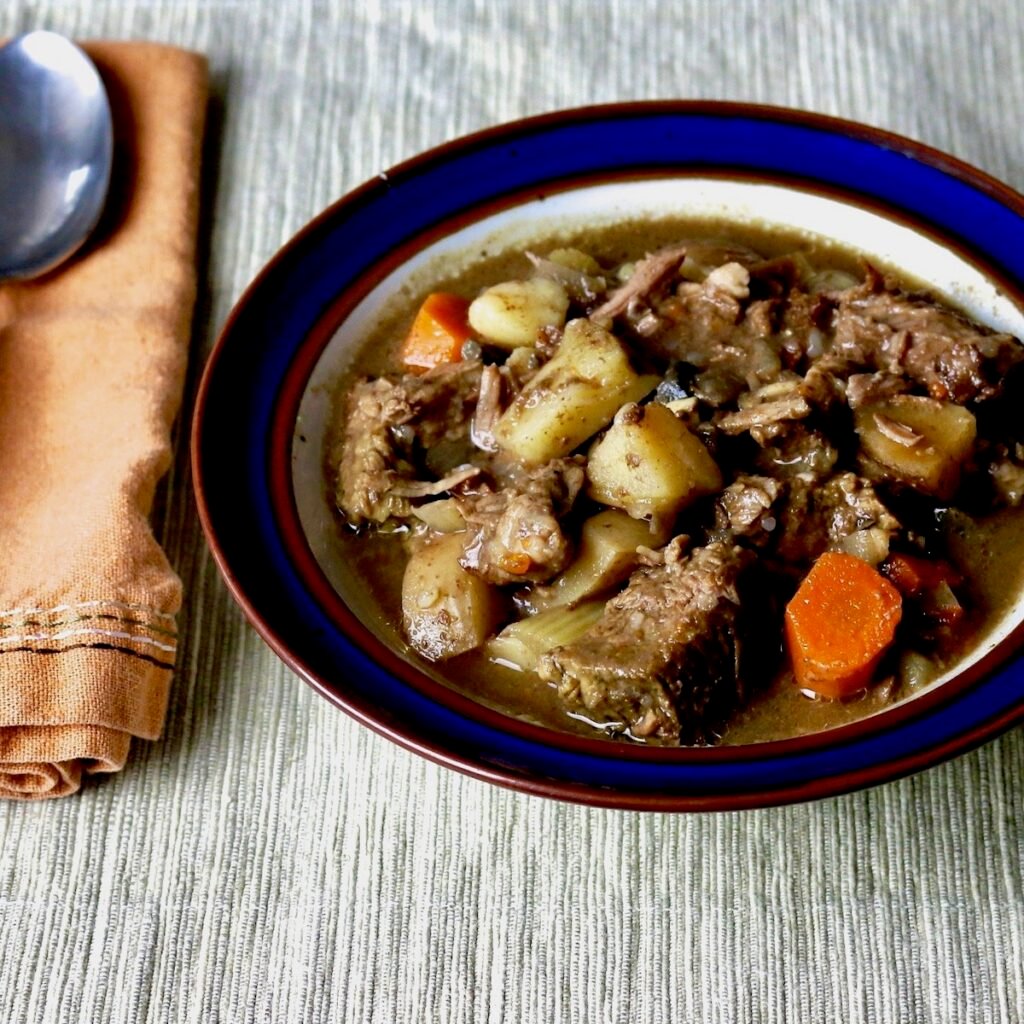

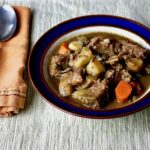
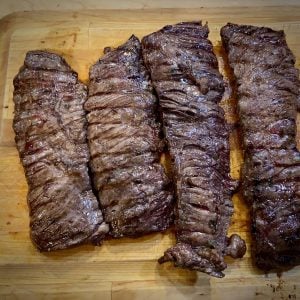
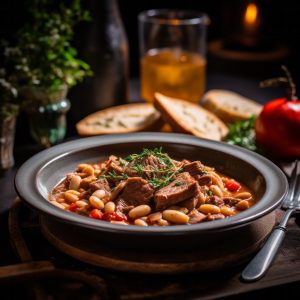

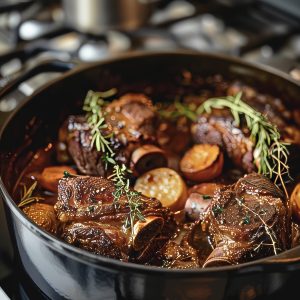
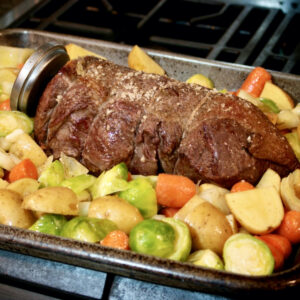
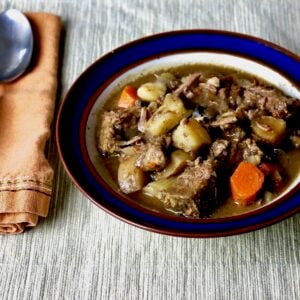
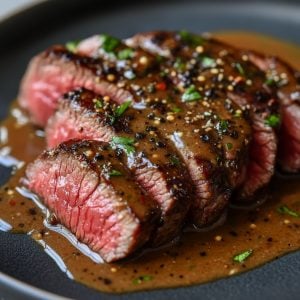
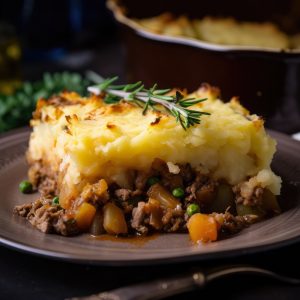


4 Responses
This beef stew is really great but so are all of the recipes and ideas you dispense. I have been visiting this site for some time now and I love sharing your Facebook posts to my fan page, my fans get to see all your posts.
I am in the process of creating my blog and I sincerely hope I can get it to the standard you maintain here at The Reluctant Gourmet. I’m a big FAN!
Thank you so much Elizabeth for your kind comments. Let me know when your blog is up so I can check it out and share with my readers.
Best beef stew I’ve ever made. I get recipe requests every time I make it.
Thanks, Courtney. Glad you like it.